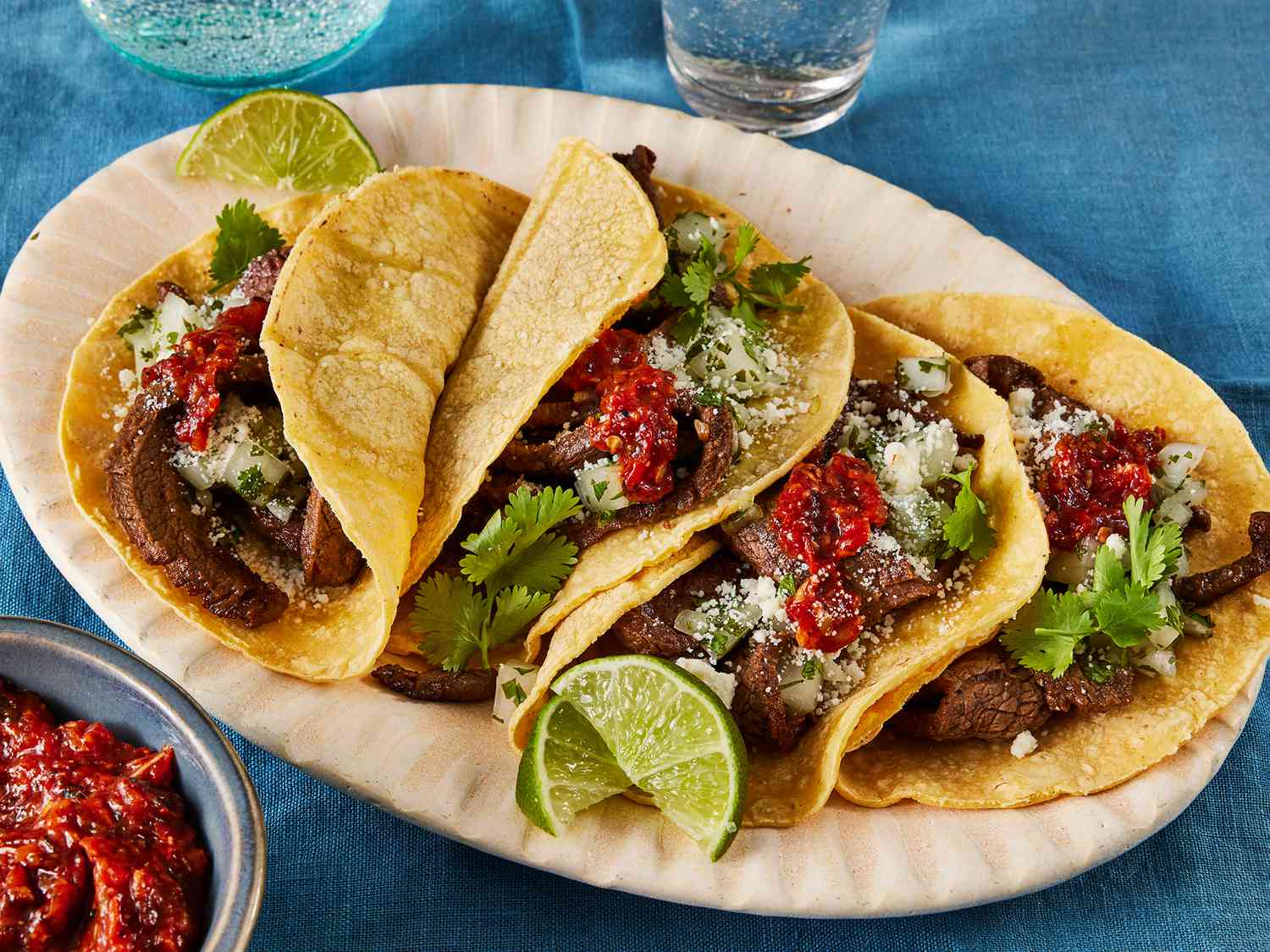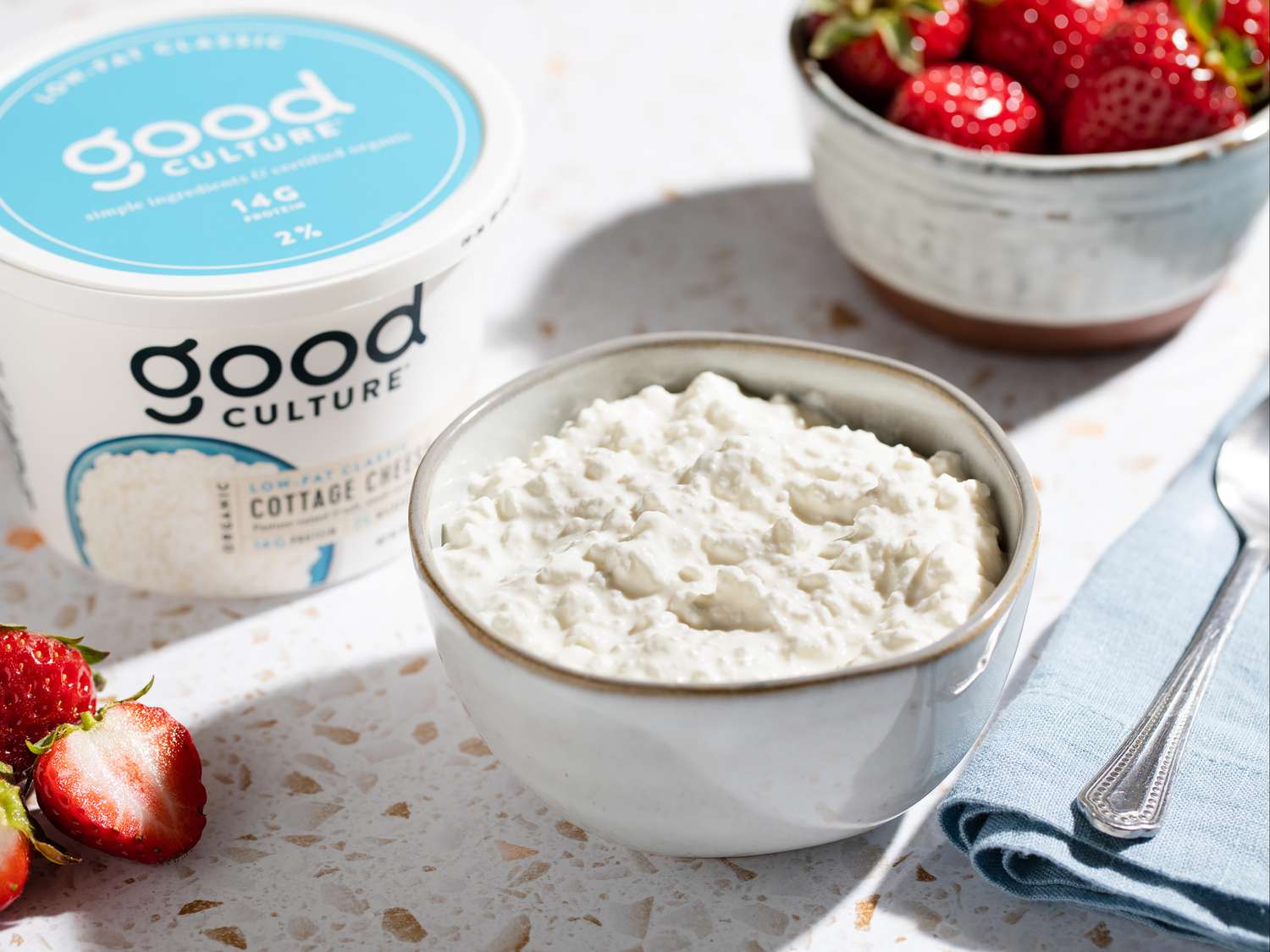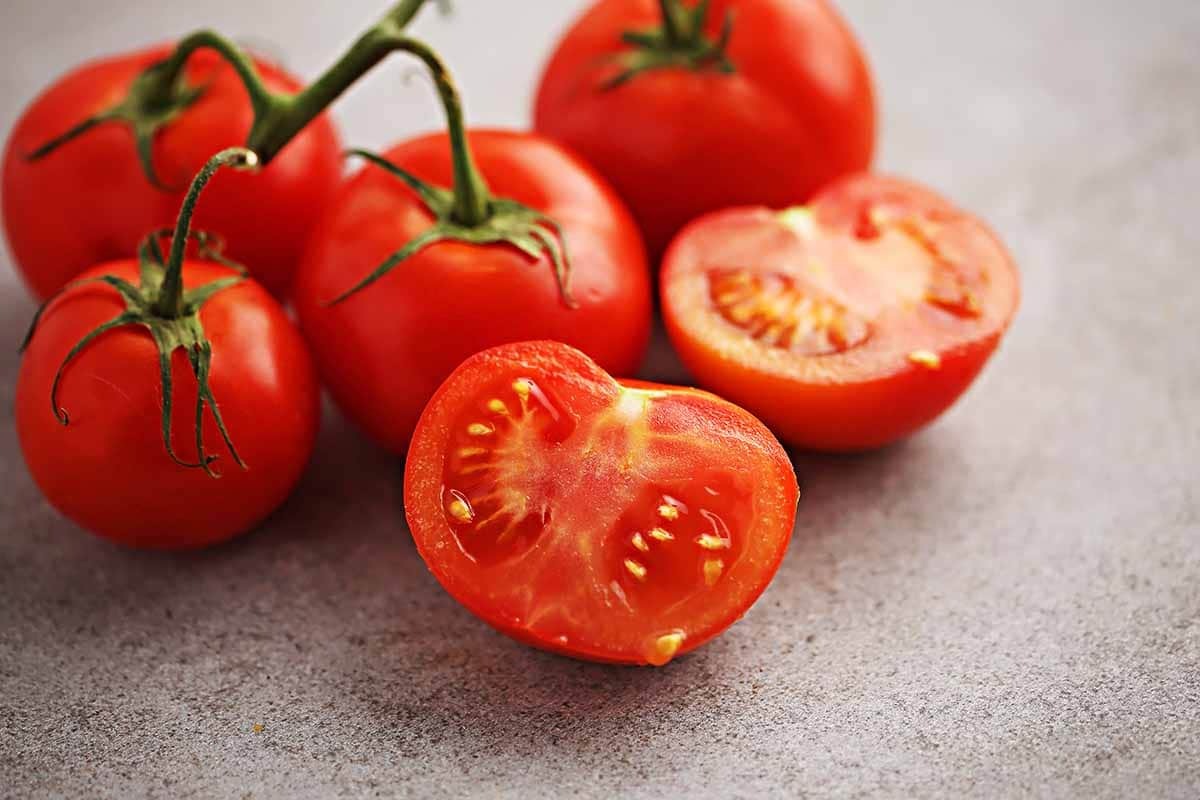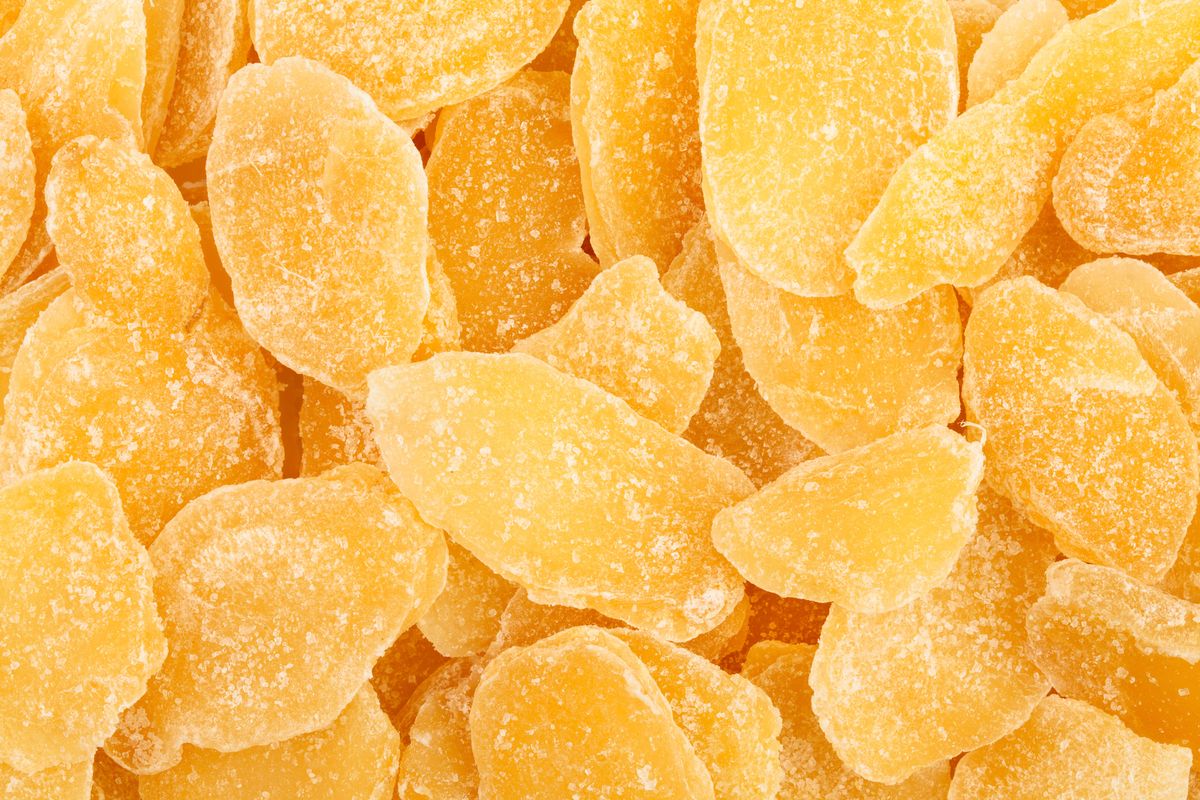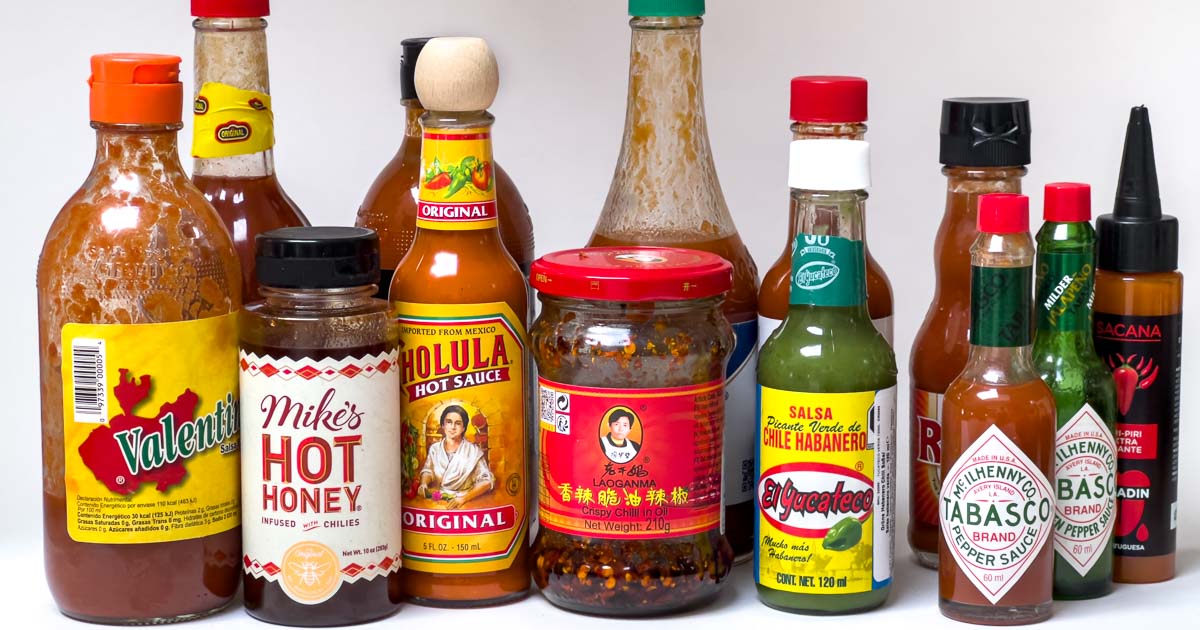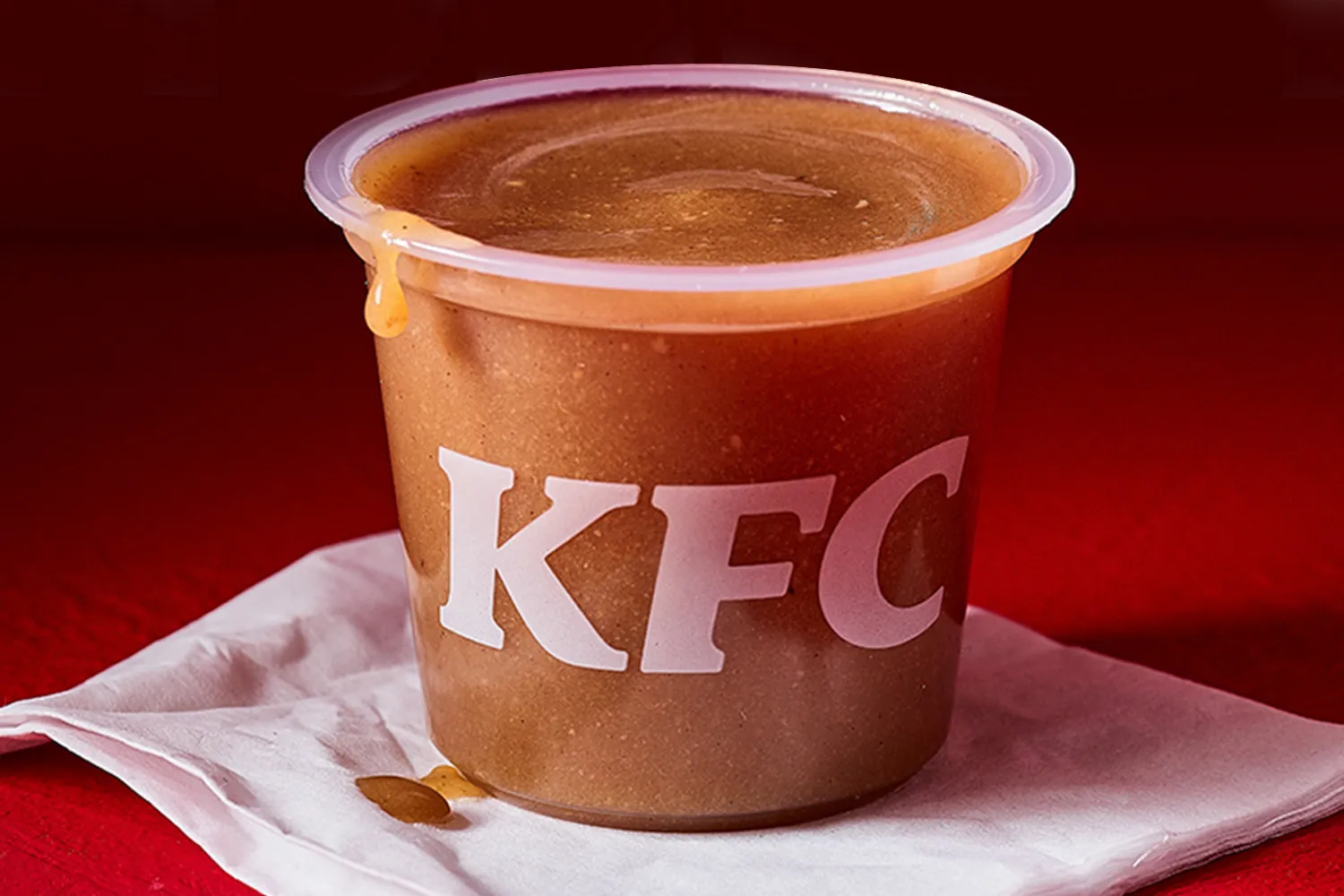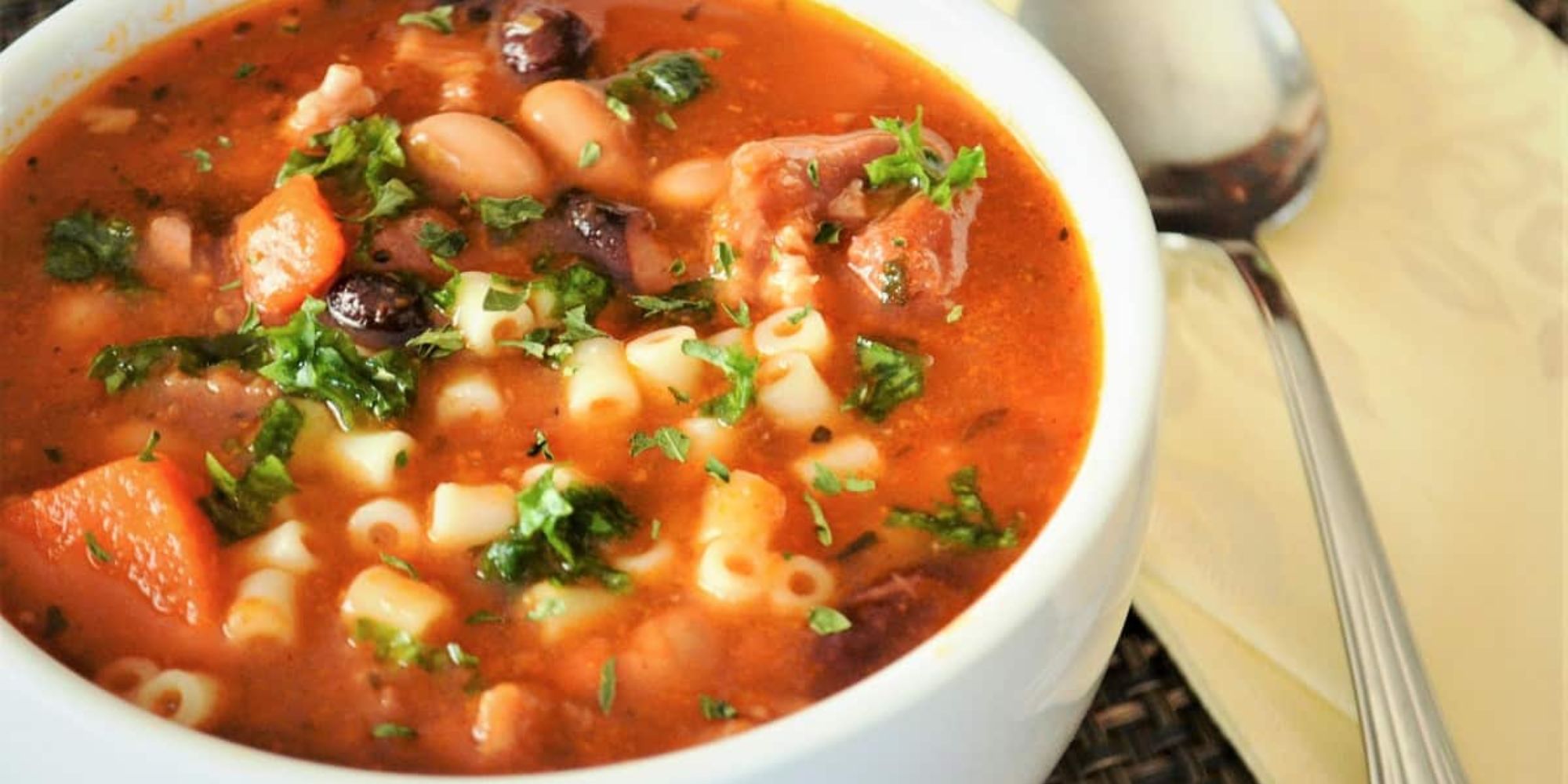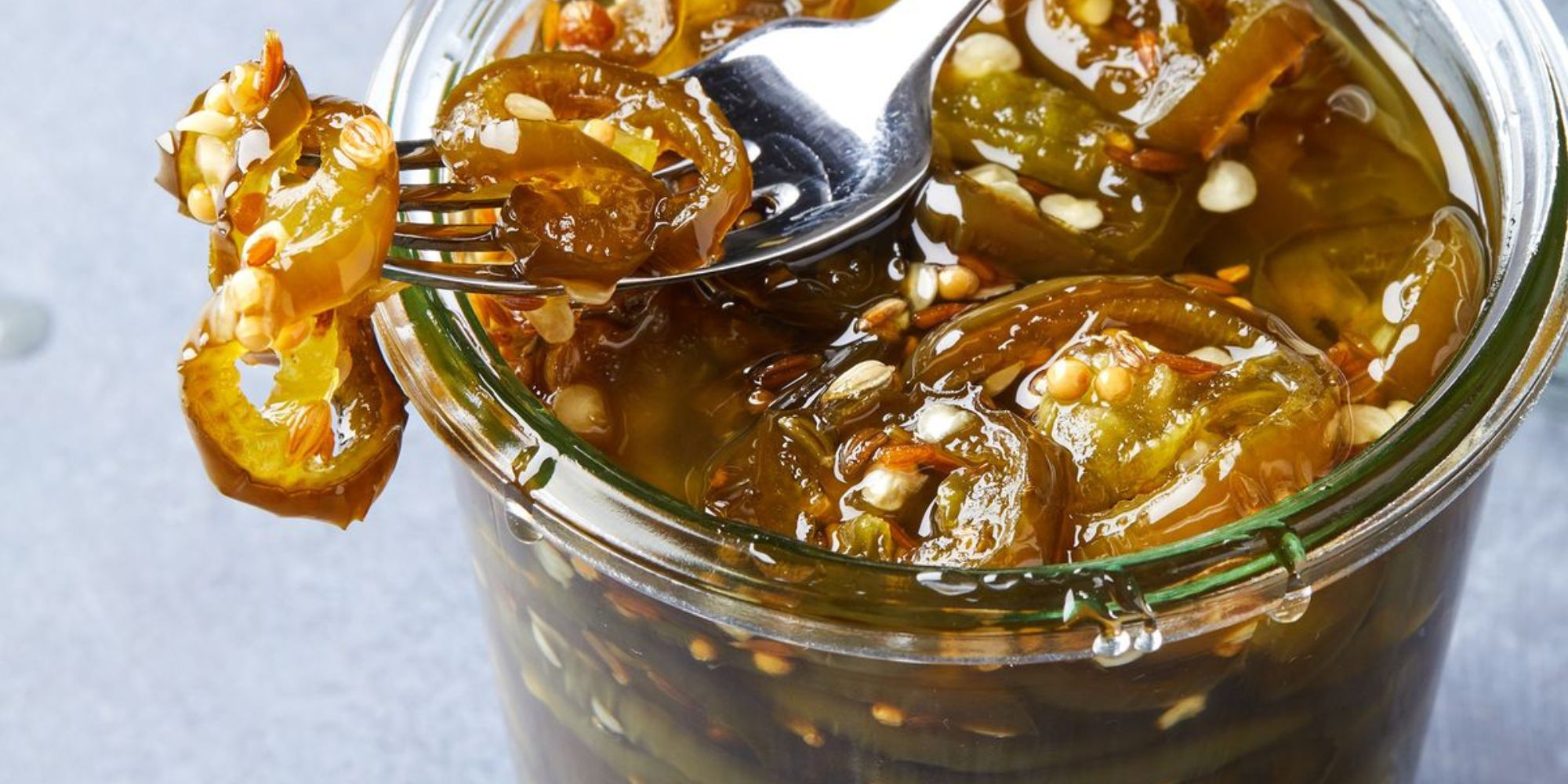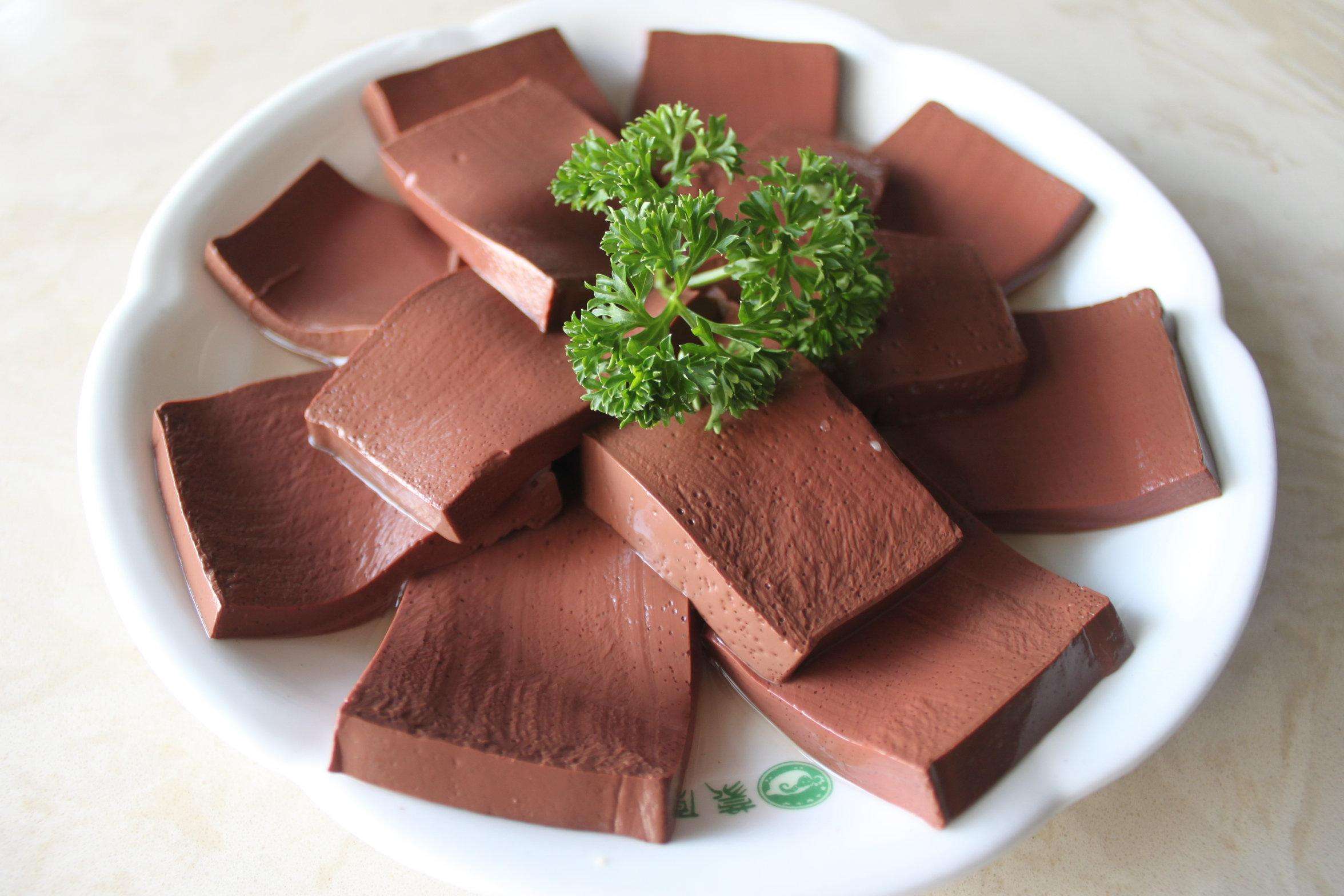The Sweet History of Divinity Candy
Divinity candy is a beloved confection known for its fluffy texture and sweet flavor. But have you ever wondered about the origins of this delightful treat? Let’s take a journey through time to uncover the fascinating history of divinity candy.
Early Beginnings
The exact origins of divinity candy are a bit murky, but it is believed to have originated in the Southern United States, particularly in the early 20th century. This sweet delicacy quickly gained popularity due to its light and airy consistency, making it a favorite during holidays and special occasions.
The Name
The name “divinity” is quite fitting for this confection, as it perfectly describes its heavenly taste and texture. Some believe that the name was inspired by the light and fluffy appearance of the candy, resembling the clouds in the sky.
Traditional Ingredients
One of the key elements of divinity candy is its use of egg whites, sugar, and corn syrup. These simple yet essential ingredients are whipped together to create the signature fluffy texture that sets divinity candy apart from other sweets. Nuts, such as pecans, are often added to provide a delightful crunch and depth of flavor.
Regional Variations
While the classic recipe for divinity candy remains consistent, there are regional variations that add a unique twist to this beloved treat. In some Southern states, coconut or dried fruits are incorporated into the candy, adding a delightful contrast of textures and flavors.
Celebratory Confection
Divinity candy has become synonymous with celebrations and special occasions, particularly during the holiday season. Its presence on dessert tables during Christmas and Easter has solidified its status as a cherished tradition in many households.
Modern Adaptations
As with many traditional recipes, divinity candy has seen modern adaptations that cater to different dietary preferences and flavor profiles. Vegan and gluten-free versions of divinity candy have emerged, allowing a wider audience to enjoy this classic confection.
The Legacy Lives On
Despite the passage of time, divinity candy continues to hold a special place in the hearts of those who have grown up savoring its sugary sweetness. Whether enjoyed as a nostalgic treat or as a new discovery, the legacy of divinity candy lives on through each delightful bite.
In conclusion, the origin of divinity candy may have humble beginnings, but its impact on the world of confections is undeniable. From its Southern roots to its modern adaptations, this sweet treat continues to bring joy to those who indulge in its heavenly flavor.
Was this page helpful?
Read Next: What Is A Floating Island
